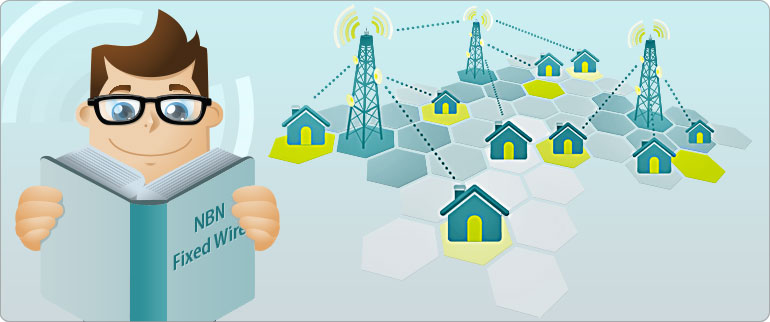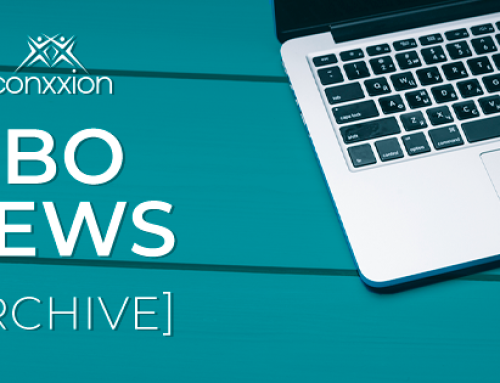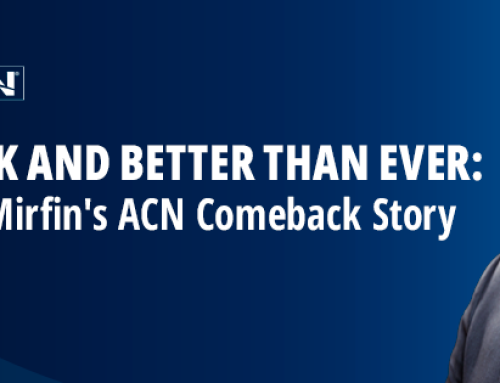The recent rollout of the NBN Fixed Wireless network means even more of your customers could be experiencing the future of Broadband with NBN.
To help you promote this service and set the right expectation for your customers, we’ve compiled some information so you better understand this product yourself.
What is NBN Fixed Wireless?
NBN’s Fixed Wireless Network uses advanced technology commonly referred to as LTE or 4G. It is engineered to deliver services to a fixed number of premises within each coverage area using a Fixed Wireless base station and an outdoor antenna connected to the roof of the customer premises.
Customers within the Fixed Wireless footprint can receive speeds of up to 25/5 Mbps*.
Read this guide to learn more about NBN Fixed Wireless.
Who can connect to NBN Fixed Wireless?
These customers are generally located in regional and rural areas of Australia.
Note: the Fixed Wireless and Fibre footprints do not overlap, which means each home can only receive one type of technology. Your customers only need to decide what speed and data allowance they want.
How customers check if they are “NBN Ready”?
Your customer can complete an availability check for their address via your Direct Storefront. If service is available at their premises, they will be able to sign up online via your Direct Storefront.
Connecting to NBN Fixed Wireless
After your customer has successfully signed up to an NBN service with ACN, an NBN installer may be required to visit your customer’s premises in order to install the necessary equipment, if it hasn’t been installed yet. ACN will provide your customer with details of their appointment time and the installer may also call your customer the business day before the scheduled installation to confirm.
Read this guide to learn more about preparing for NBN Fixed Wireless Connections.
How to learn more about NBN
We have added user guides and documentation to the Help & Support section of acnpacific.com.au and the NBN Product page of IBO Back Office. You can also visit the NBNCo website for more information.
*Actual internet data transfer speeds may vary.







